In Japan, a knife is more than a kitchen tool — it is a living connection to centuries of craftsmanship, rooted in the same forging traditions that once produced the katana. At the heart of every exceptional Japanese blade lies its most essential component: the steel. From time-honored carbon steels like shirogami (白鋼) and aogami (青鋼) to modern stainless marvels like VG-10 and SG2, Japanese steel embodies the perfect marriage of precision metallurgy and cultural heritage. This guide will take you inside the world of Japanese steel in knife making, exploring its types, properties, care, and the stories of the artisans who bring it to life.

The Heritage of Japanese Steel
The forging of steel in Japan dates back over a thousand years, with techniques perfected in swordsmithing gradually adapted for culinary tools. The legendary tamahagane (玉鋼), smelted in traditional tatara furnaces from iron sand, was once the lifeblood of samurai sword production. Today, similar forging philosophies — meticulous heat treatment, layering, and attention to purity — are applied to high-end kitchen knives, ensuring each blade carries both functional excellence and a cultural soul.
Types of Japanese Steel in Knife Making
Japanese knives are generally forged from three main categories of steel:
- High-Carbon Steels — Renowned for razor-sharp edges and ease of sharpening.
- Stainless Steels — Offering excellent corrosion resistance and lower maintenance.
- Powder Metallurgy Steels — High-performance steels with ultra-fine grain for exceptional edge retention.
Traditional Carbon Steels
Two of the most celebrated traditional Japanese steels are:
- Shirogami (白鋼, White Steel) — Extremely pure, with minimal impurities, offering unmatched sharpness and ease of sharpening. Found in White Steel #1 and #2 variations, differing in carbon content.
- Aogami (青鋼, Blue Steel) — An evolution of White Steel, enhanced with chromium and tungsten for improved edge retention and toughness. Subtypes include Blue Steel #1, #2, and Blue Super.
Stainless Steels
Japanese stainless steels are engineered for both sharpness and rust resistance. Popular choices include:
- VG-10 — Developed by Takefu Special Steel Co., prized for its balance of hardness (HRC 60-61) and corrosion resistance.
- Ginsan (銀三, Silver Steel No.3) — Offers a traditional carbon steel feel with stainless performance.
- AUS-8 and AUS-10 — Reliable, affordable stainless steels with good edge retention.
Powder Metallurgy Steels
Powder metallurgy allows for precise alloy composition and ultra-fine grain structure, resulting in extraordinary performance:
- SG2/R2 — Powder stainless steel with exceptional hardness (HRC 62-64) and long-lasting sharpness.
- ZDP-189 — Ultra-hard stainless steel (HRC 65-67) with outstanding wear resistance.
- HAP40 — Semi-stainless steel with very high hardness, offering extreme edge retention.
Steel Properties and Performance
When choosing a Japanese knife, it helps to understand how steel properties influence performance:
- Hardness (HRC) — Higher hardness allows for a sharper edge but can reduce toughness.
- Grain Structure — Finer grain steels hold a keener edge and sharpen more precisely.
- Edge Retention — The ability of a knife to stay sharp over time, influenced by alloy composition and heat treatment.
- Ease of Sharpening — High-carbon steels sharpen more easily than most stainless or powder steels.
- Corrosion Resistance — Stainless and semi-stainless steels excel here, while carbon steels require more care.
Traditional Forging and Lamination
Many Japanese knives are laminated, with a hard core steel (hagane, 刃金) for the edge, clad in softer steel (jigane, 地金) for resilience. This mirrors the ancient construction of samurai swords, balancing sharpness with durability. Styles include san-mai (three-layer) and warikomi (split-and-insert core) constructions, often finished with stunning Damascus patterns.
Comparing Stainless vs. Carbon Steel
Choosing between stainless and carbon steel comes down to your priorities:
- Carbon Steel Advantages: Exceptional sharpness, ease of sharpening, responsive feel on the board.
- Carbon Steel Drawbacks: Reactive to acids (lemon, onions, tomatoes), prone to rust if not dried promptly.
- Stainless Steel Advantages: High corrosion resistance, lower maintenance.
- Stainless Steel Drawbacks: Often slightly harder to sharpen; may not take as keen an edge as high-carbon steels.

Caring for Japanese Steel Knives
Proper care preserves the beauty and performance of your knife:
- Wipe Dry Immediately — After cutting, especially acidic foods, to prevent corrosion.
- Oiling the Blade — For carbon steels, apply a light coat of camellia oil when storing for long periods.
- Encouraging Patina — A natural patina protects carbon steel and gives it character.
- Sharpening — Use a high-quality whetstone; most Japanese steels respond best to waterstones.
- Avoid Dishwashers — Hand-wash only to protect the edge and prevent thermal shock.
Modern Innovation Meets Tradition
Japan’s steelmakers continue to innovate, blending ancient forging wisdom with advanced metallurgy. Companies like Takefu Special Steel Co. and Hitachi Metals have created alloys that honor the cutting performance of traditional steels while improving corrosion resistance and durability. For example, VG-MAX and Super Gold 2 steels push performance to new heights without abandoning the artisanal forging processes.
Regional Forging Traditions
Famed knife-making regions such as Seki (関市), Sakai (堺市), and Tsubame-Sanjo (燕三条) each have distinctive approaches to steel selection and forging. In Seki, centuries-old swordsmithing skills inform precise heat-treat methods. Sakai artisans, many of whom specialize in single-bevel knives, often favor pure carbon steels. In Tsubame-Sanjo, modern stainless innovations blend seamlessly with traditional hand-finishing techniques.
The Artisan’s Touch
Behind every fine Japanese blade is an artisan who understands steel at an intimate level. Masters like Yoshihiro, Masamoto, and Shigefusa balance chemistry, heat, and hammer with human intuition — turning raw steel into culinary instruments that last a lifetime. Owning a Japanese knife means owning a piece of that craftsman’s legacy.
Quick Takeaways
- Japanese steel blends centuries of tradition with cutting-edge metallurgy.
- White and Blue steels offer unmatched sharpness but require more care.
- Stainless steels like VG-10 balance sharpness and rust resistance.
- Powder steels provide extreme edge retention for demanding chefs.
- Proper care — drying, oiling, sharpening — extends a knife’s life.
- Each forging region brings unique cultural and technical influences.
Conclusion
From the pure brilliance of shirogami to the futuristic edge of SG2 powder steel, Japanese steel represents a living harmony of science, artistry, and tradition. Whether you choose a reactive carbon steel for its unmatched sharpness or a stainless marvel for convenience, every Japanese knife carries the spirit of its maker and the heritage of its homeland. Explore the artistry and tradition of Japan in our curated knife collection at MyJapaneseWorld.com — your gateway to timeless craftsmanship.
FAQs
- What makes Japanese steel different from Western steel?
- Japanese steel is typically harder, allowing for sharper edges, and is forged with finer grain structures for precision cutting.
- Is carbon steel better than stainless steel?
- It depends on your needs — carbon steel offers superior sharpness, while stainless steel provides easier maintenance.
- What is VG-10 steel?
- VG-10 is a premium stainless steel made by Takefu Special Steel Co., prized for edge retention and rust resistance.
- How do I prevent rust on my Japanese knife?
- Wipe the blade dry immediately after use, oil it for long storage, and avoid prolonged contact with acidic foods.
- Can Japanese knives be used on all cutting boards?
- They perform best on softer wooden or synthetic boards, which preserve the fine edge longer.




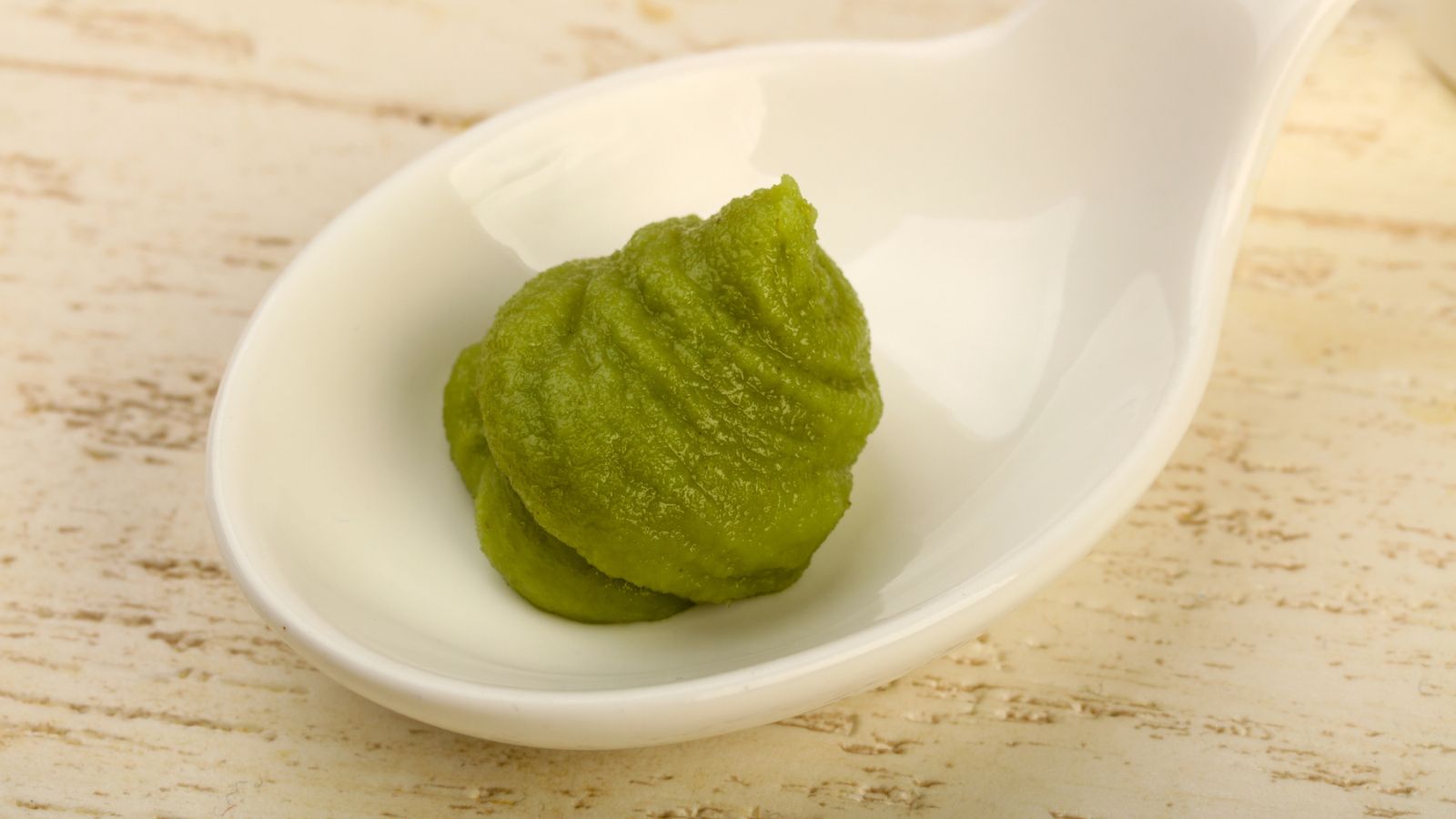
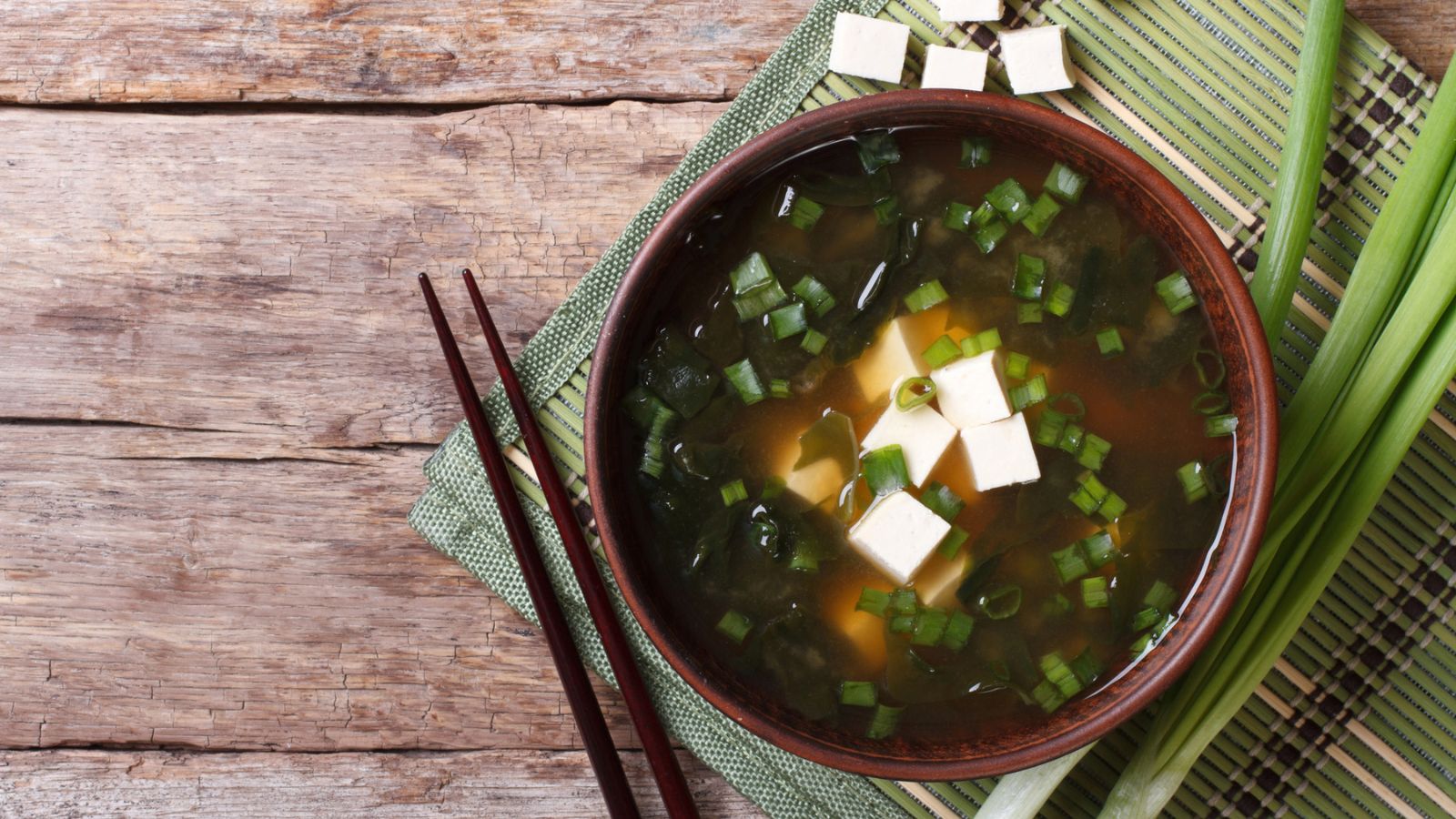
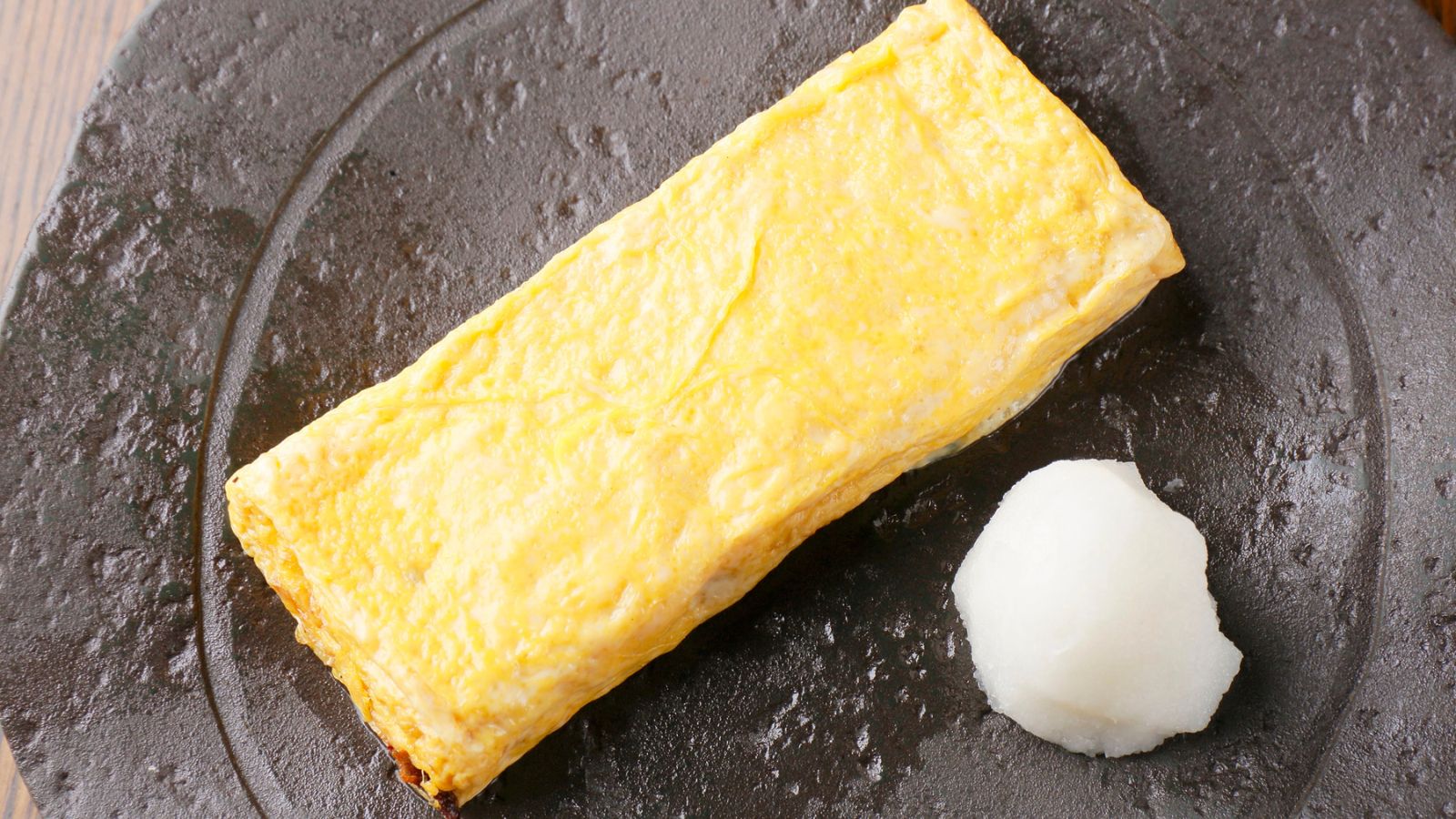

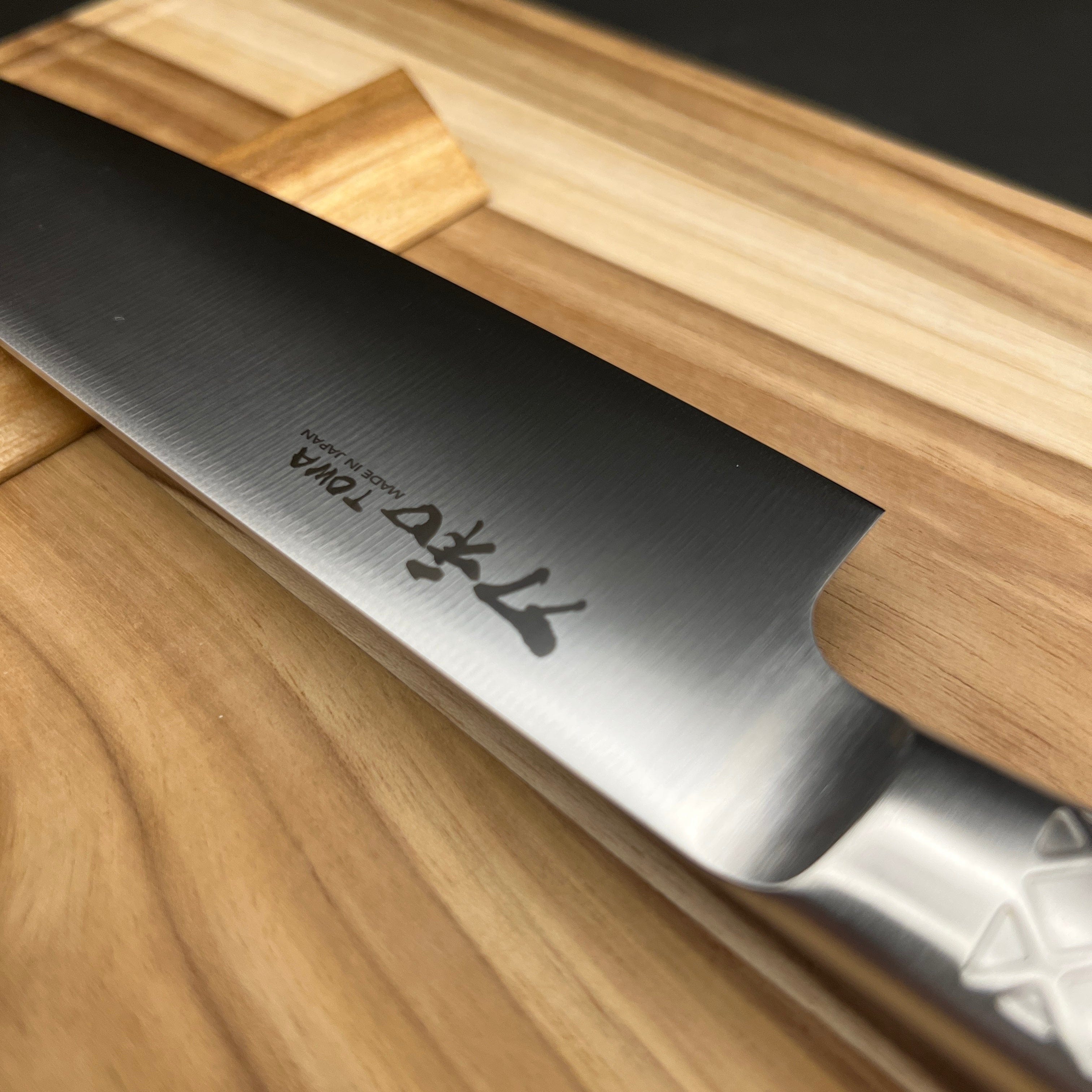
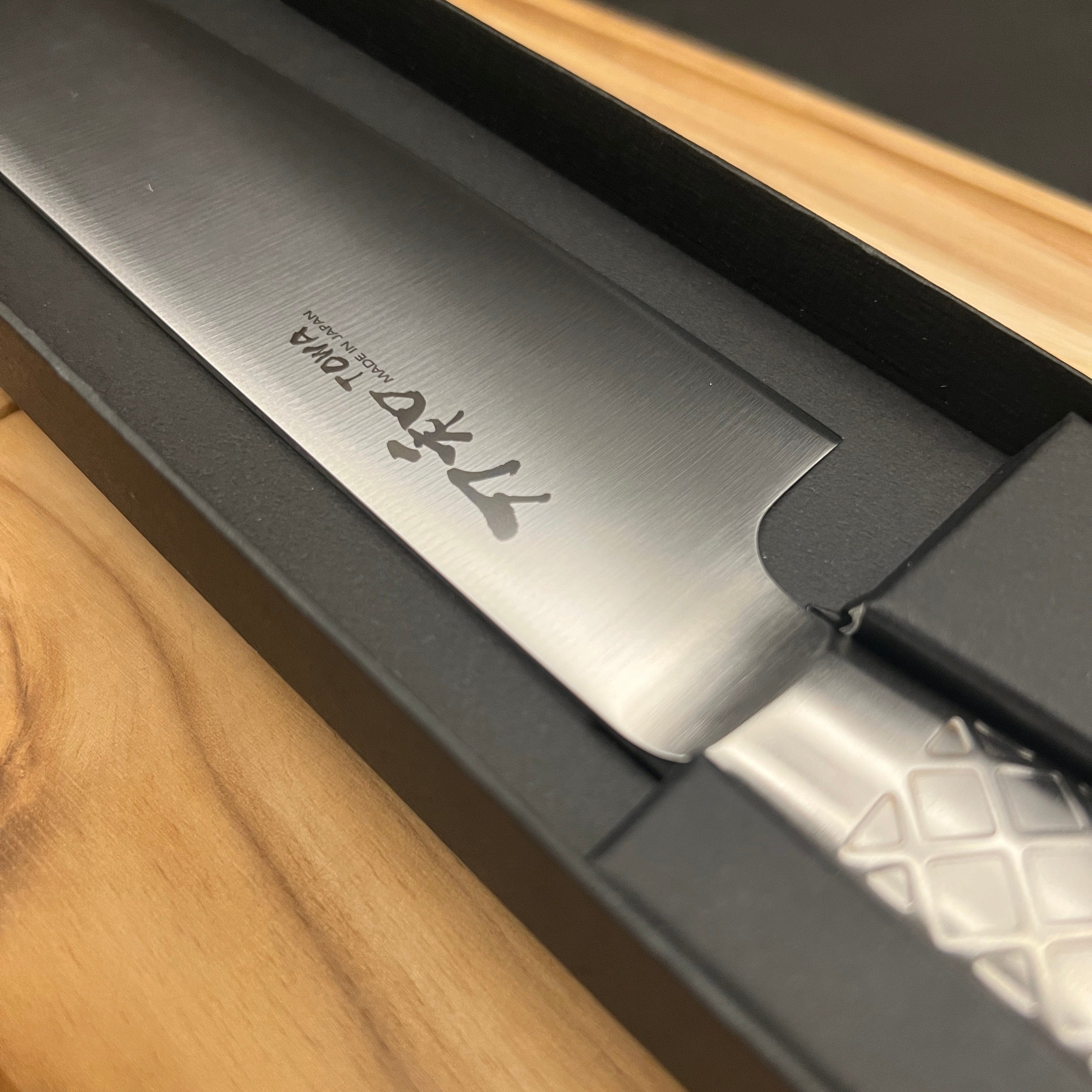
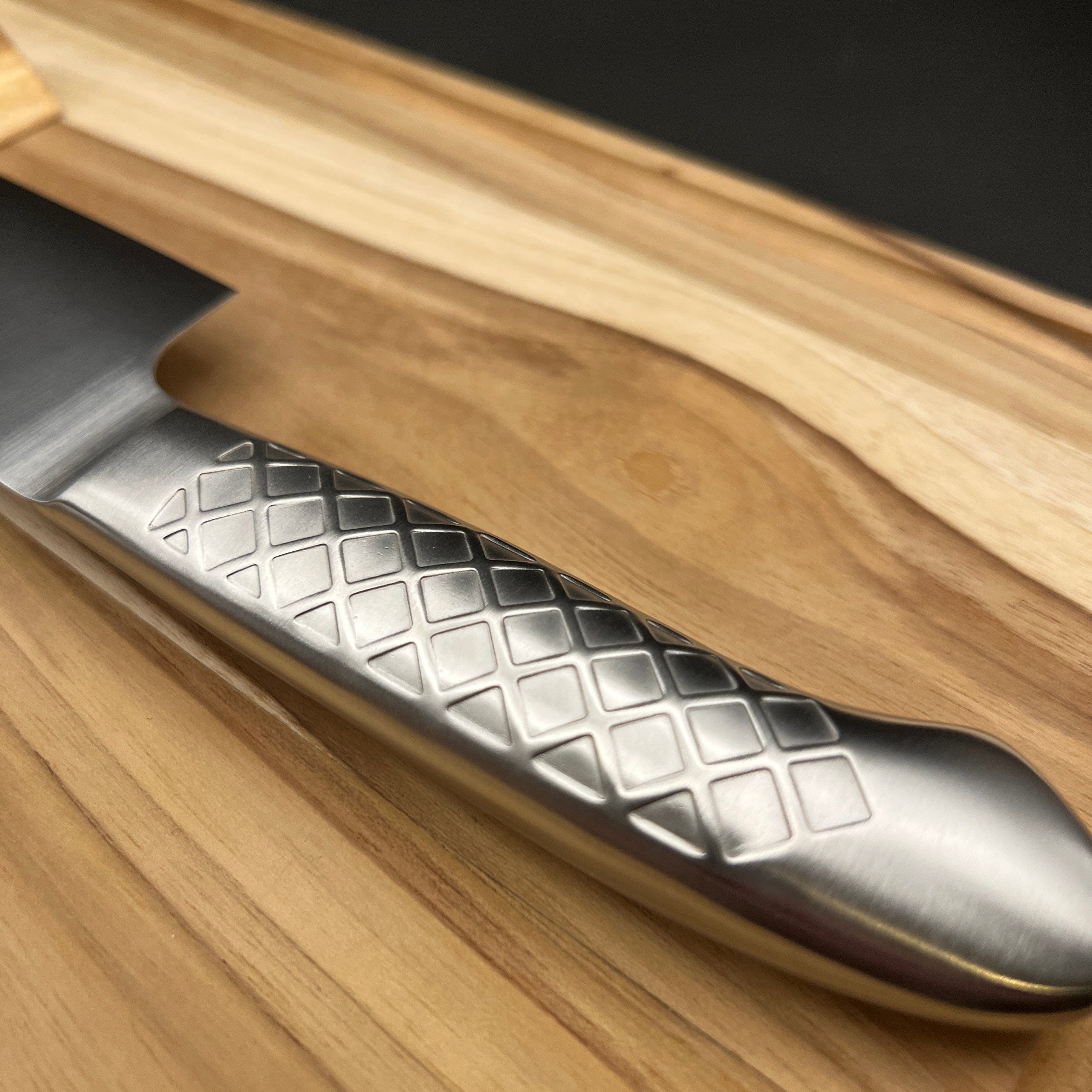
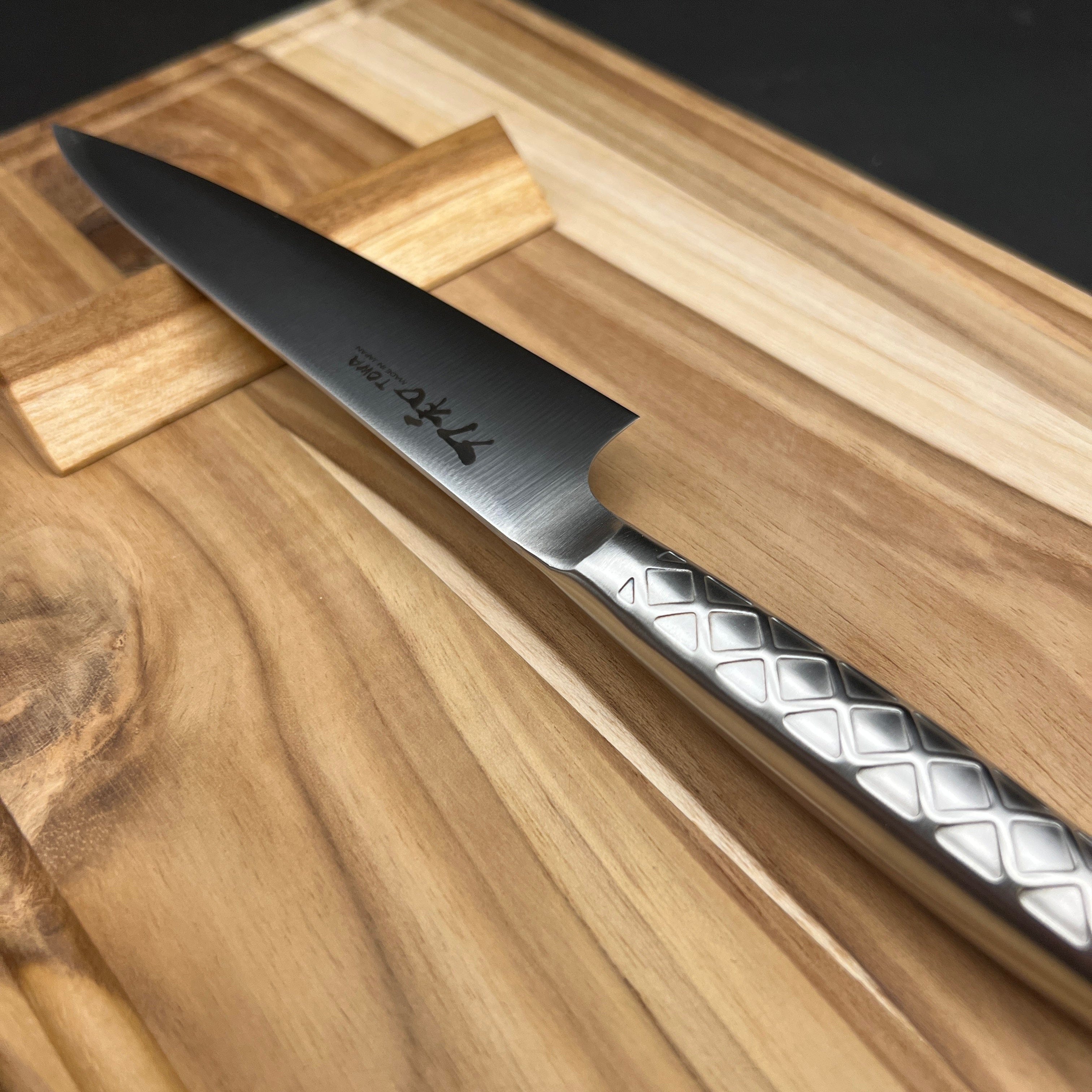
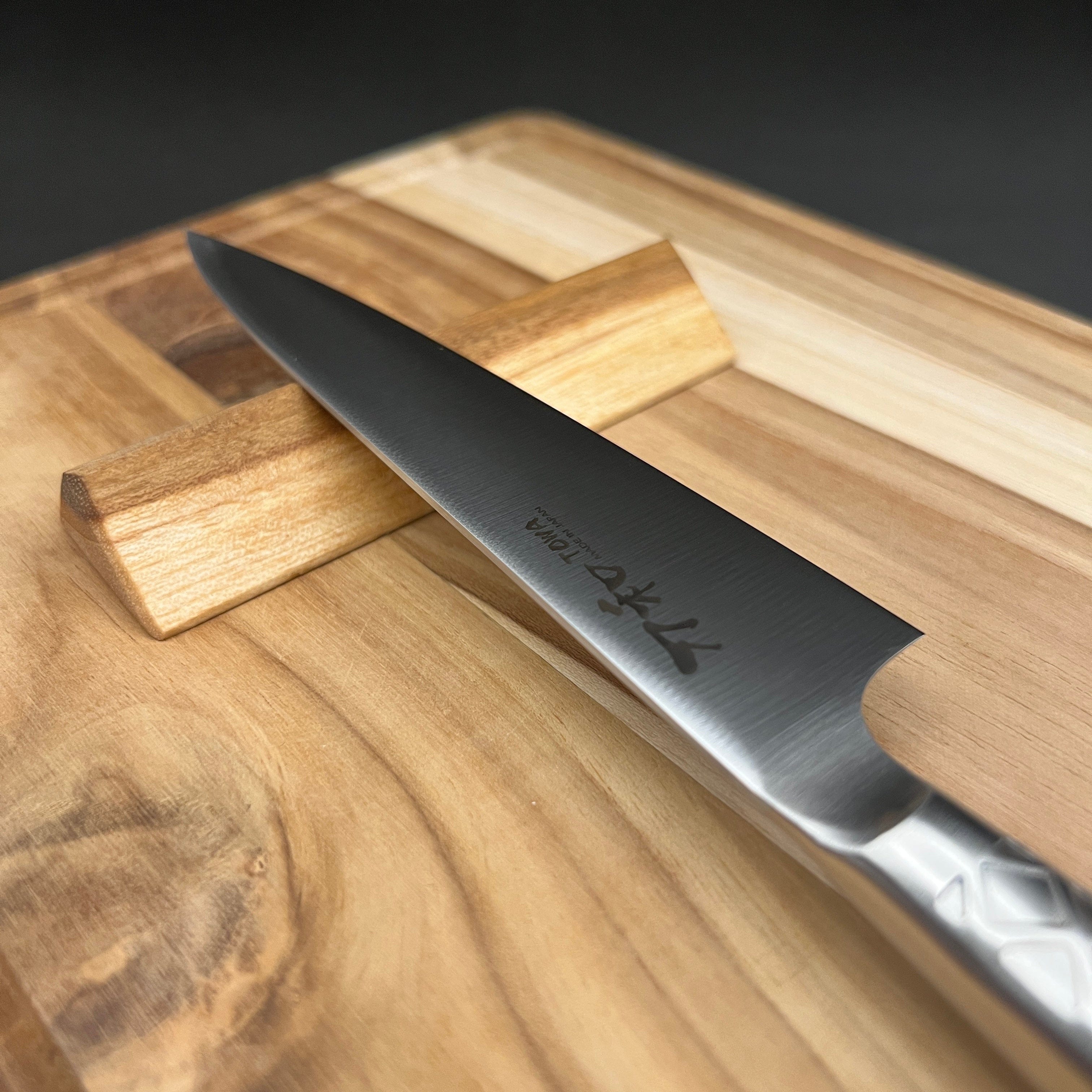
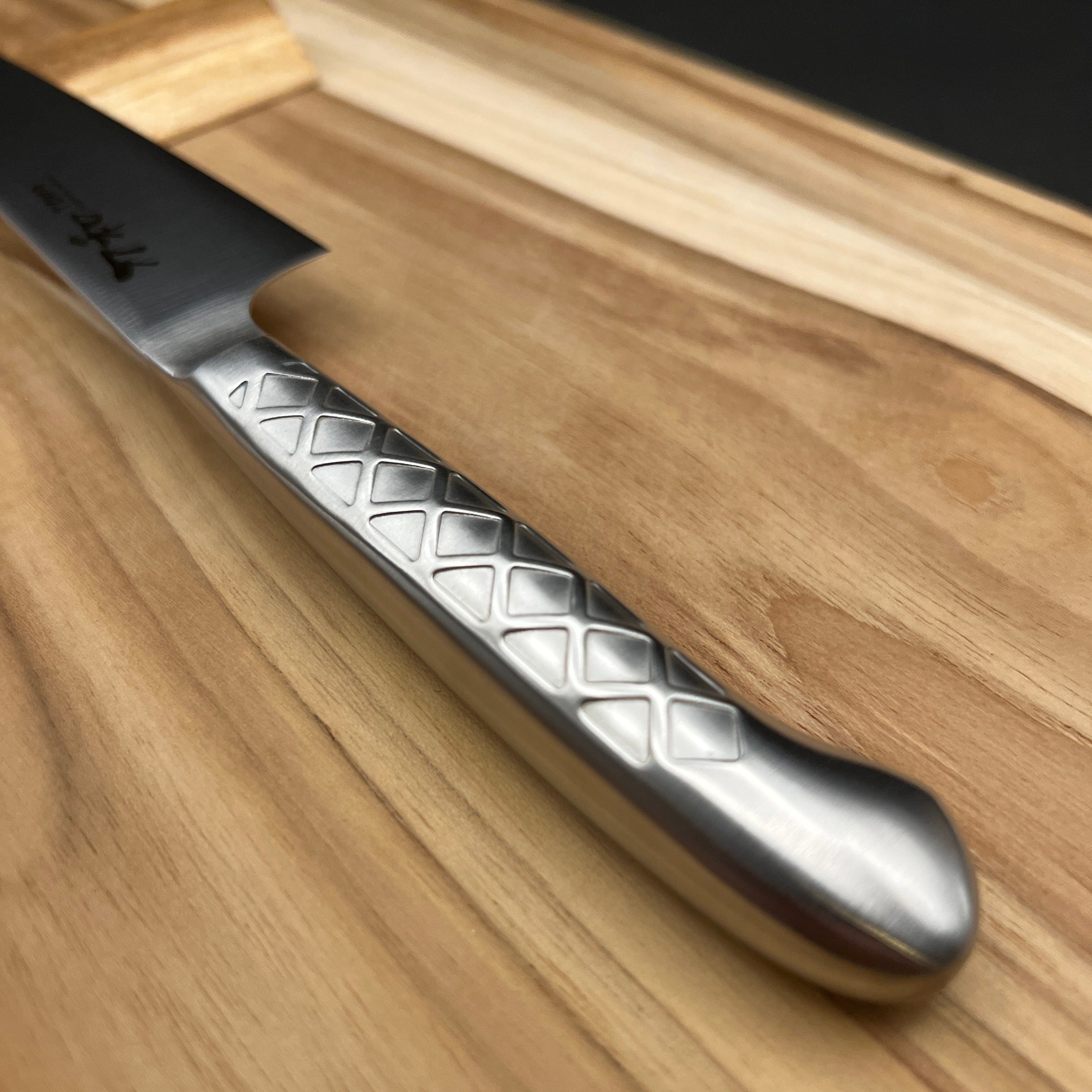
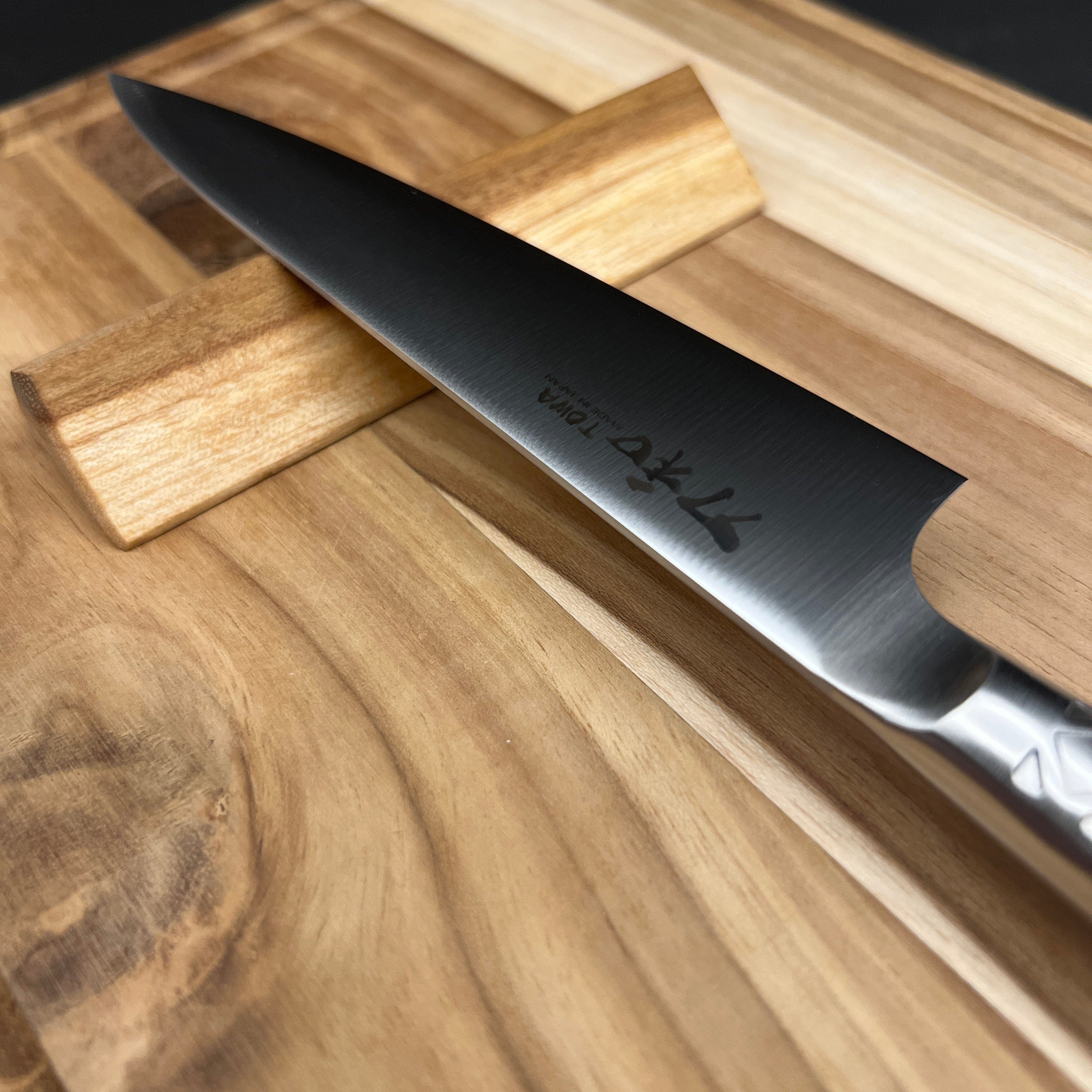
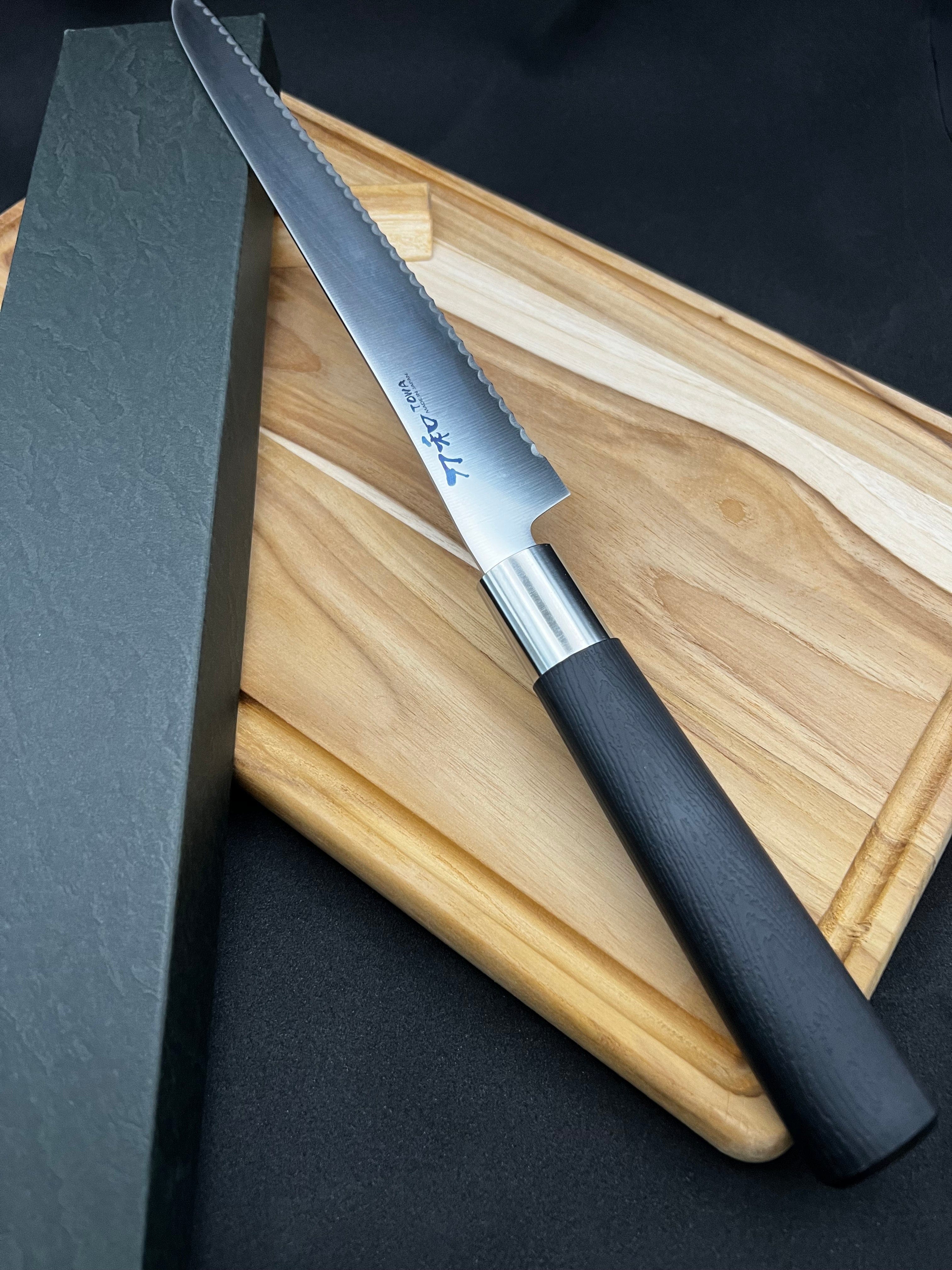
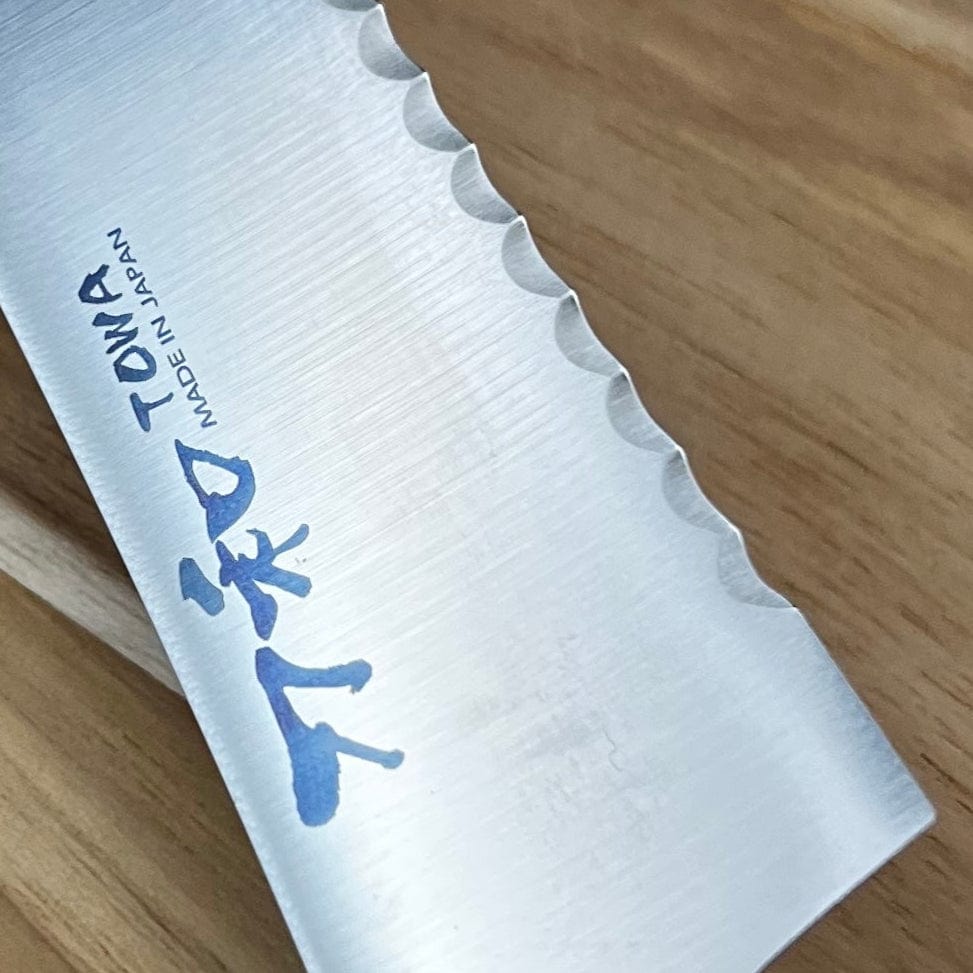
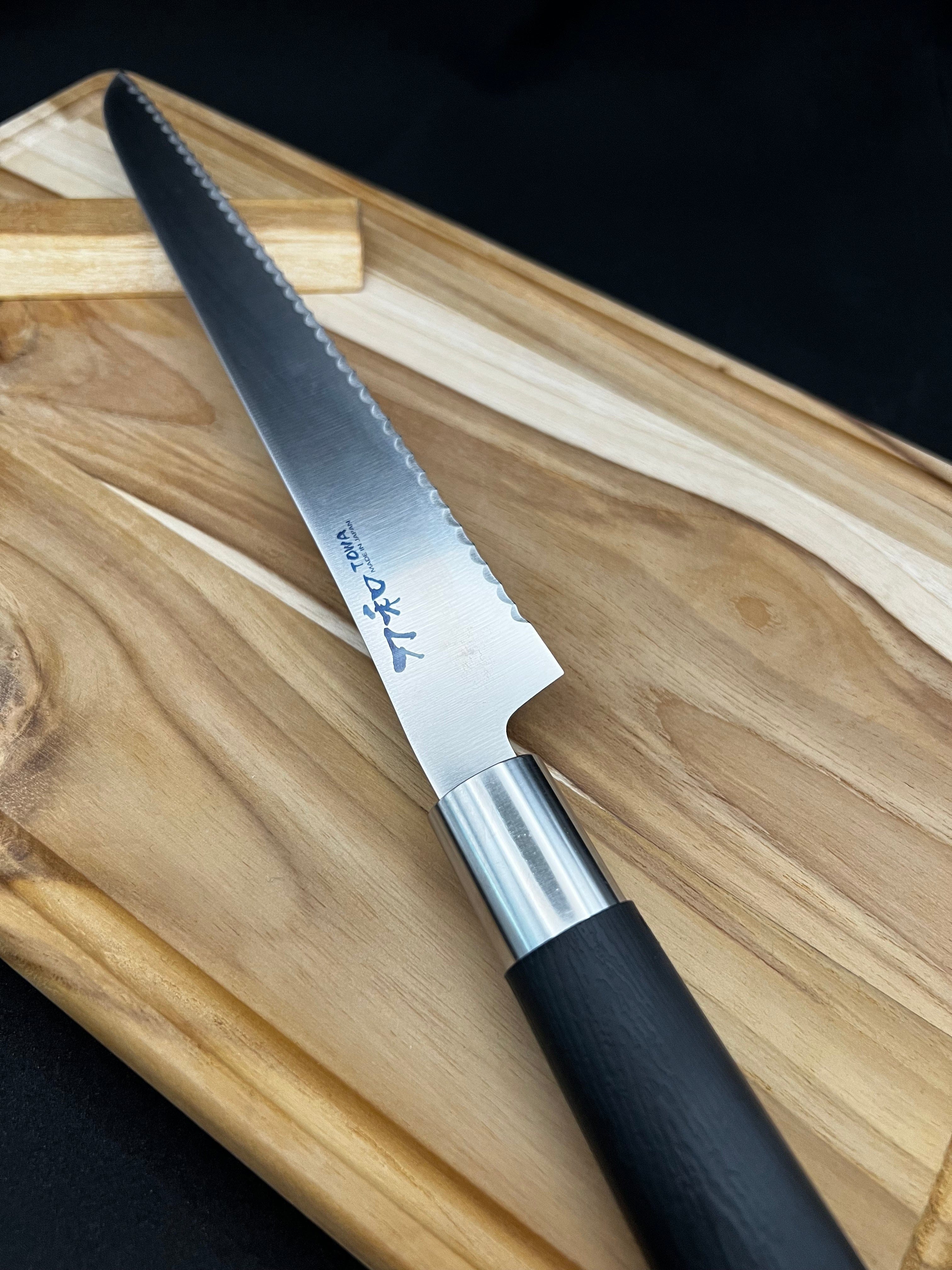
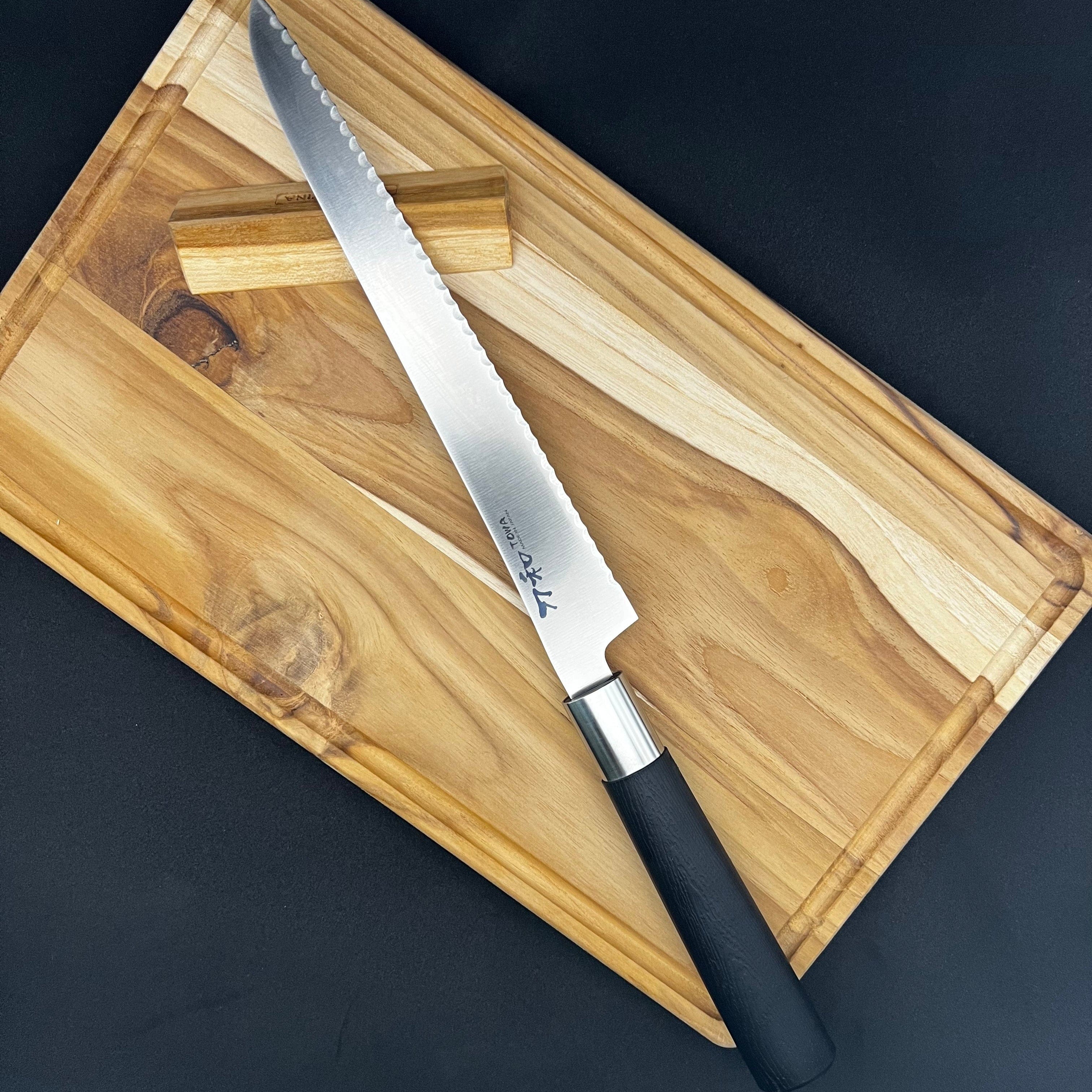
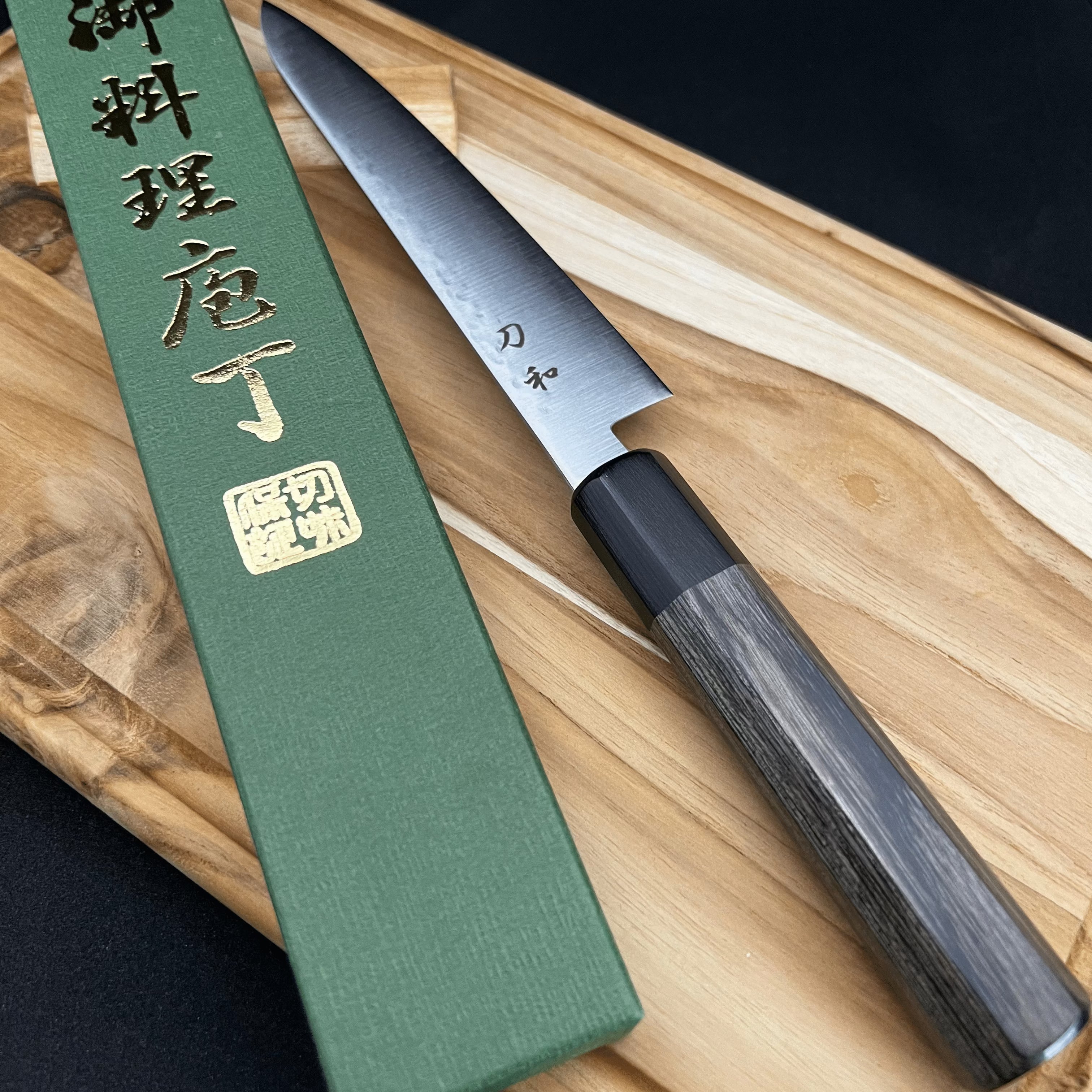
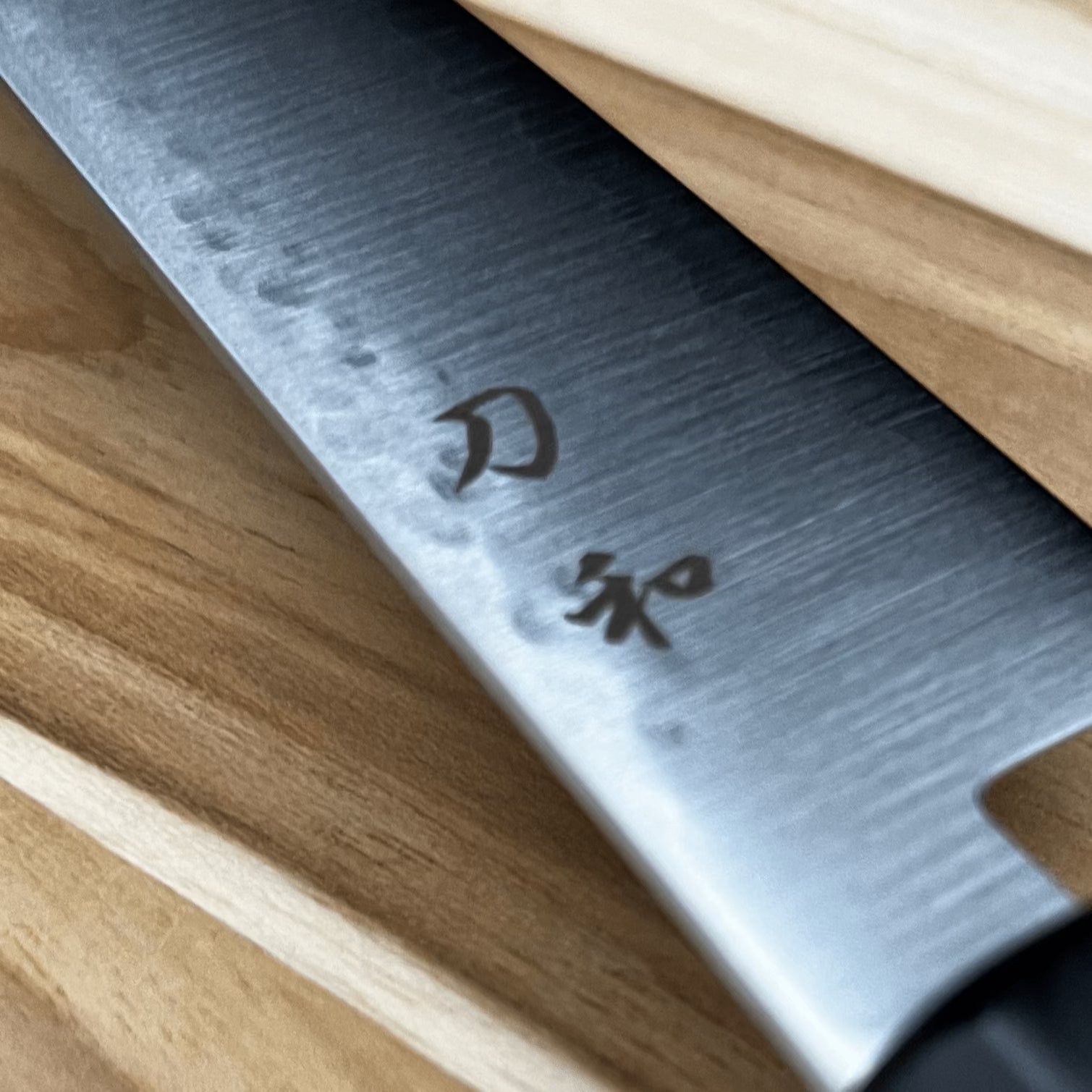
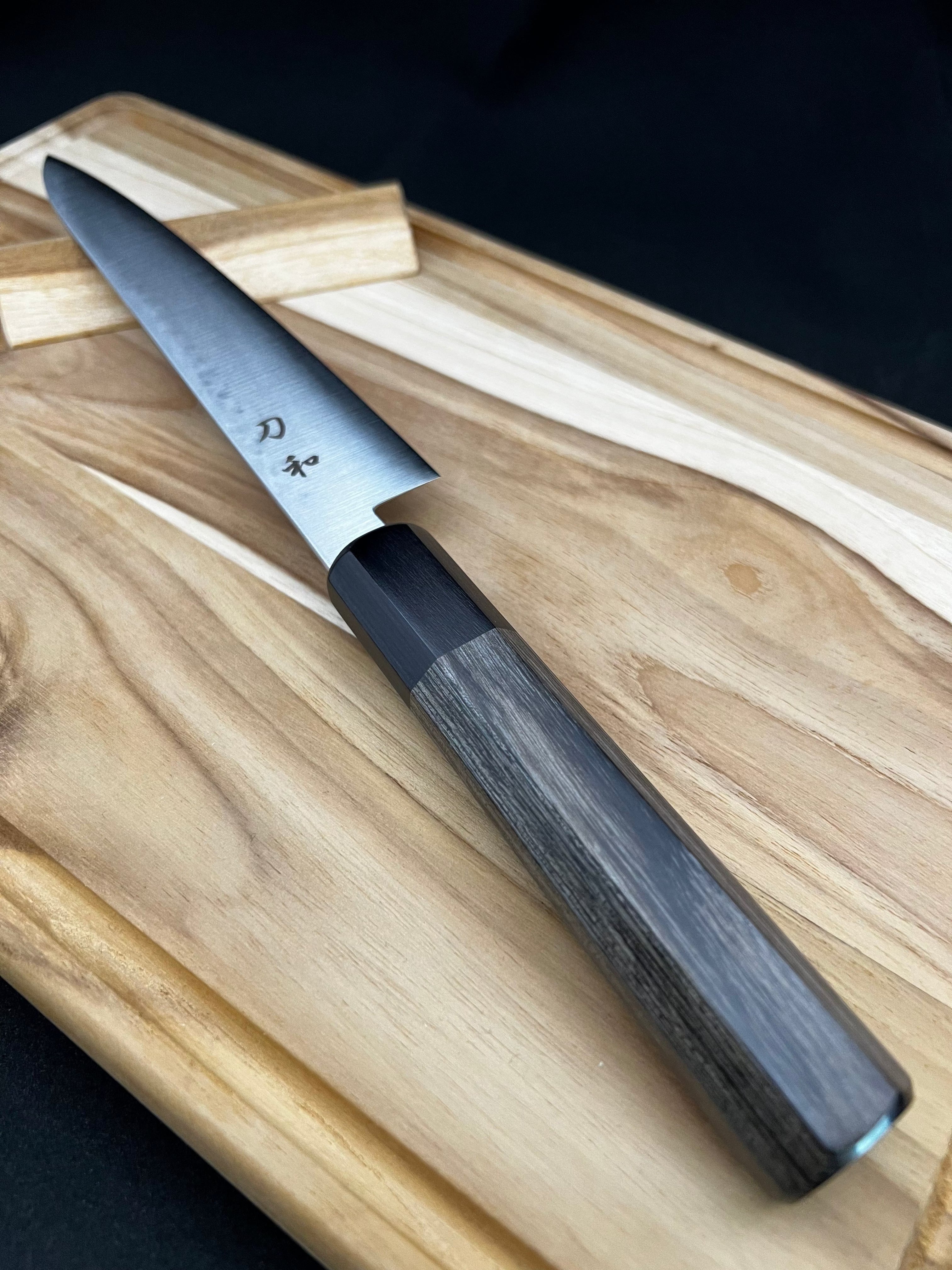

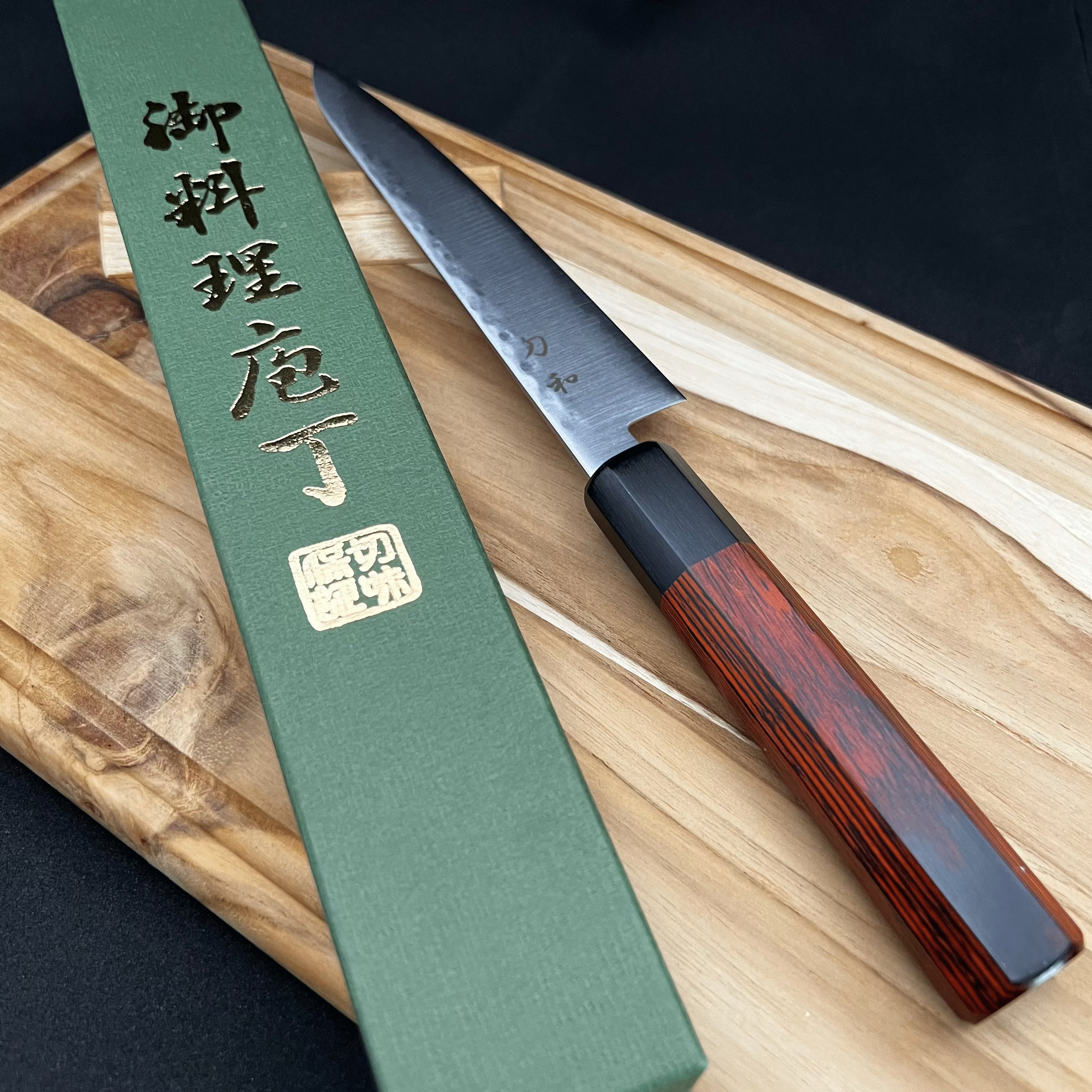
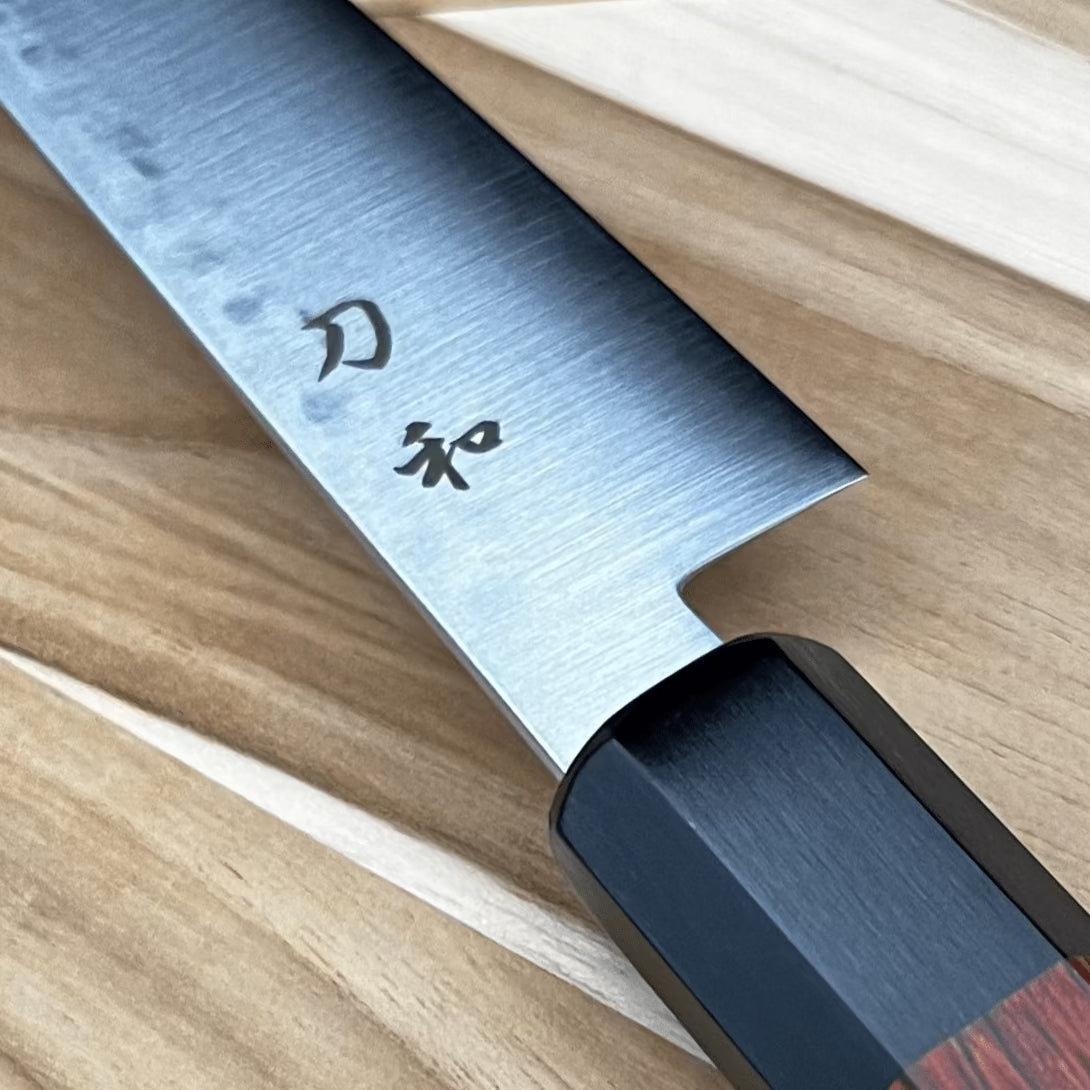
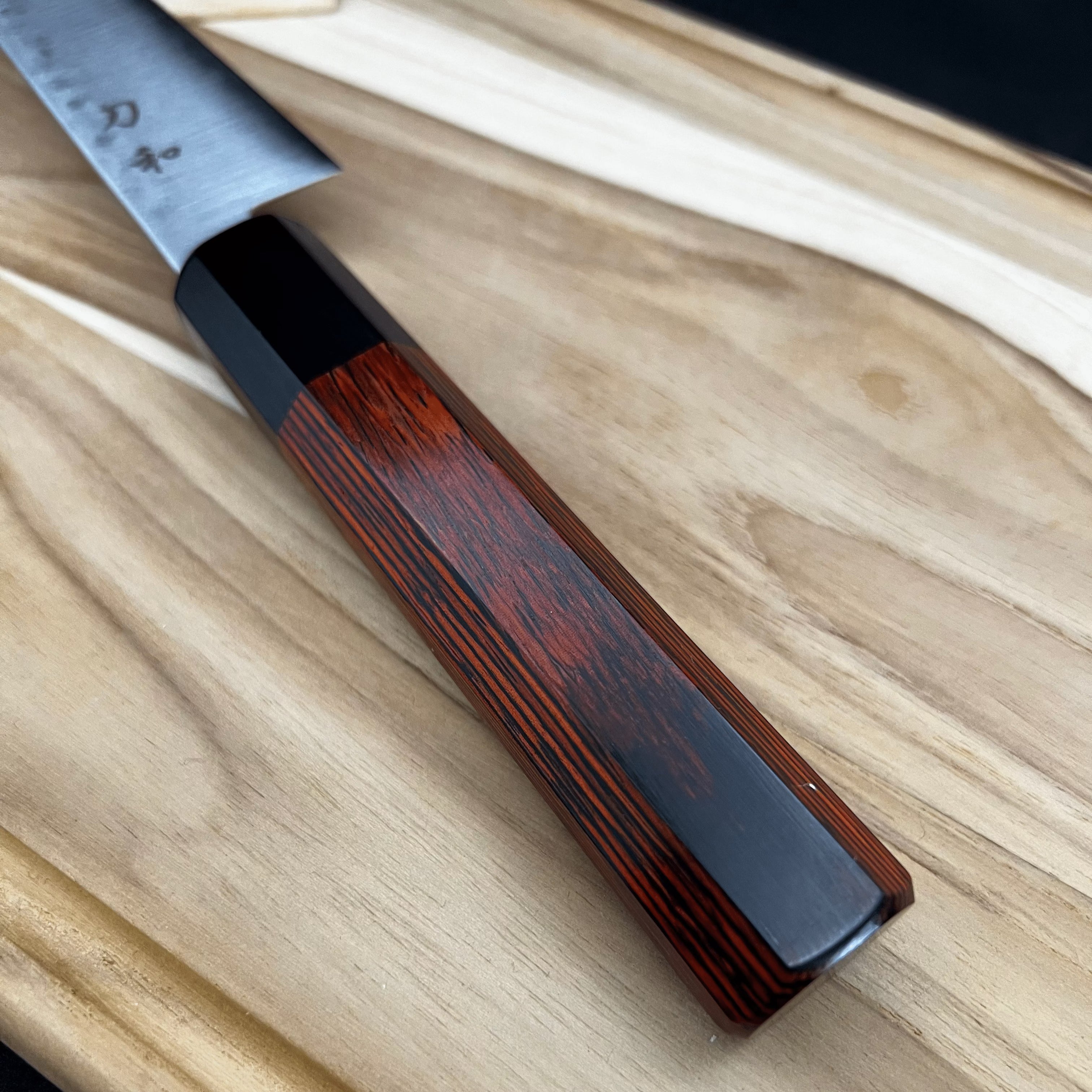
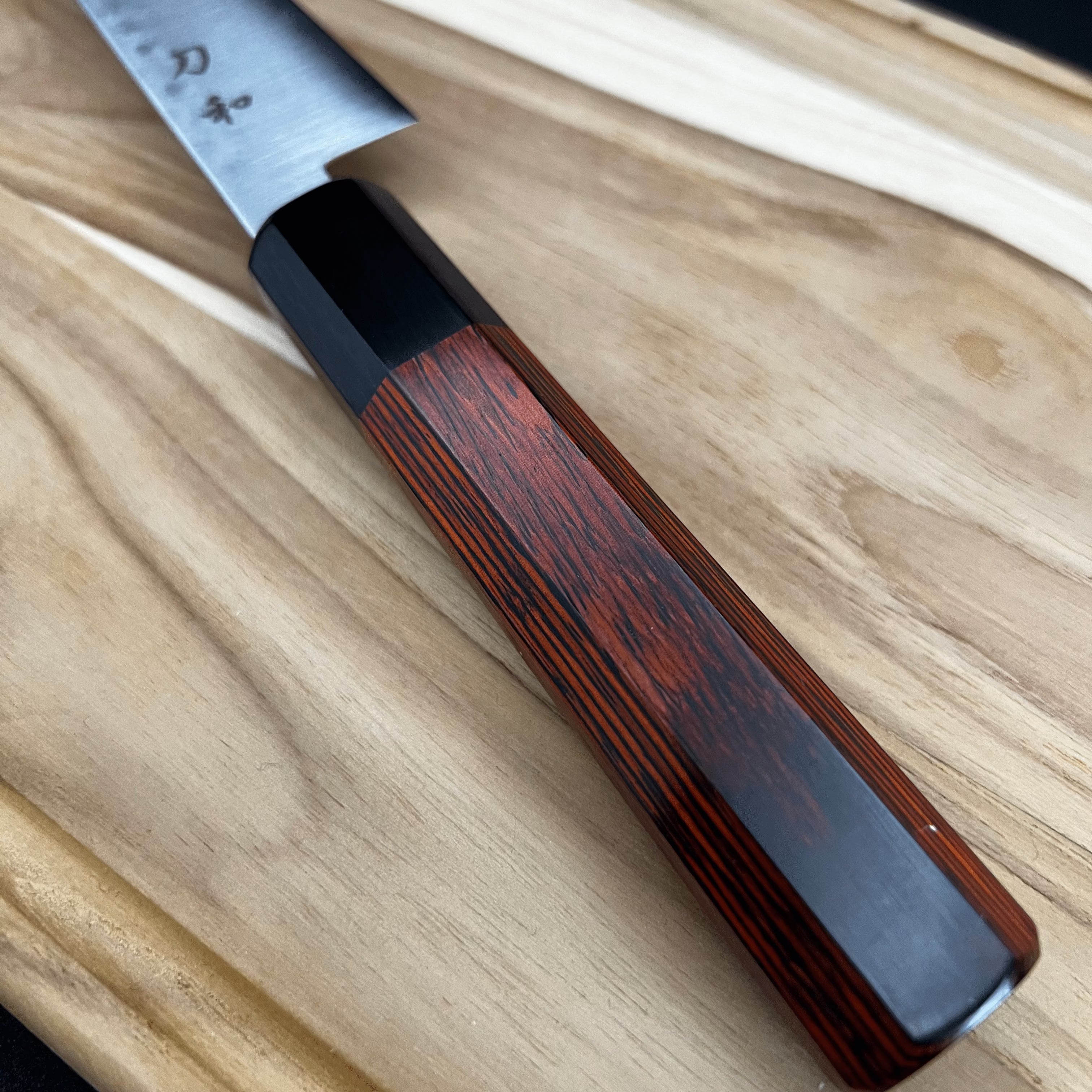
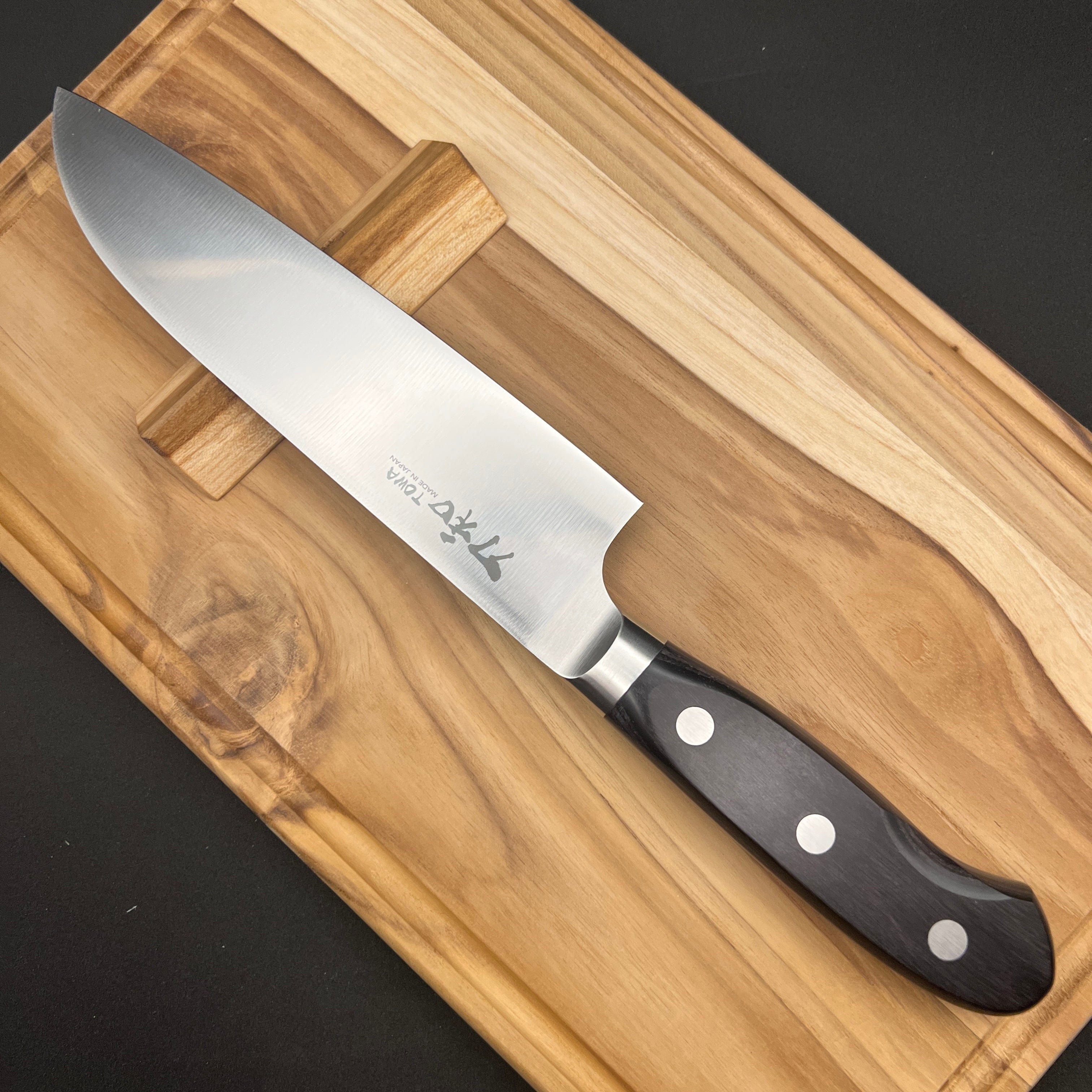
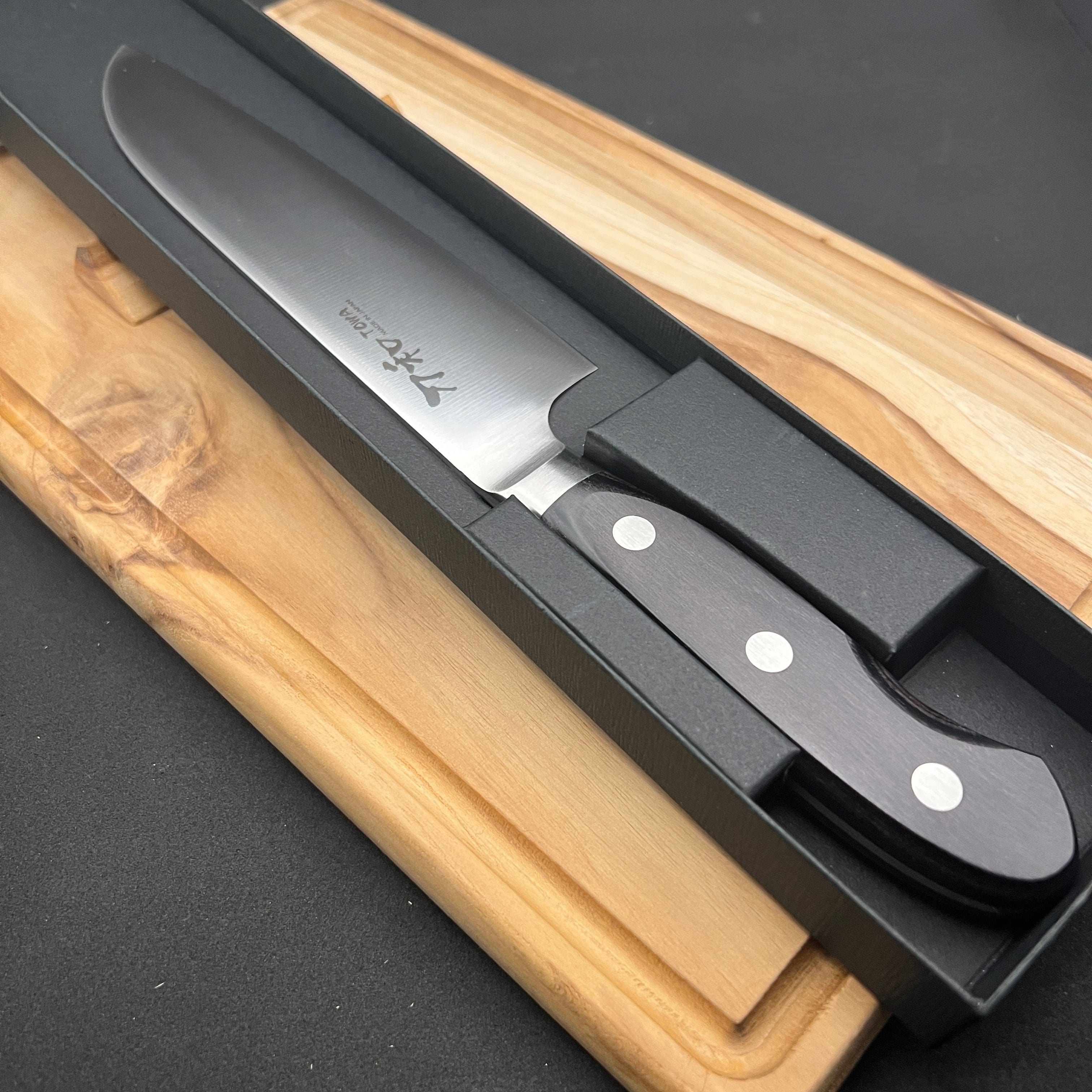
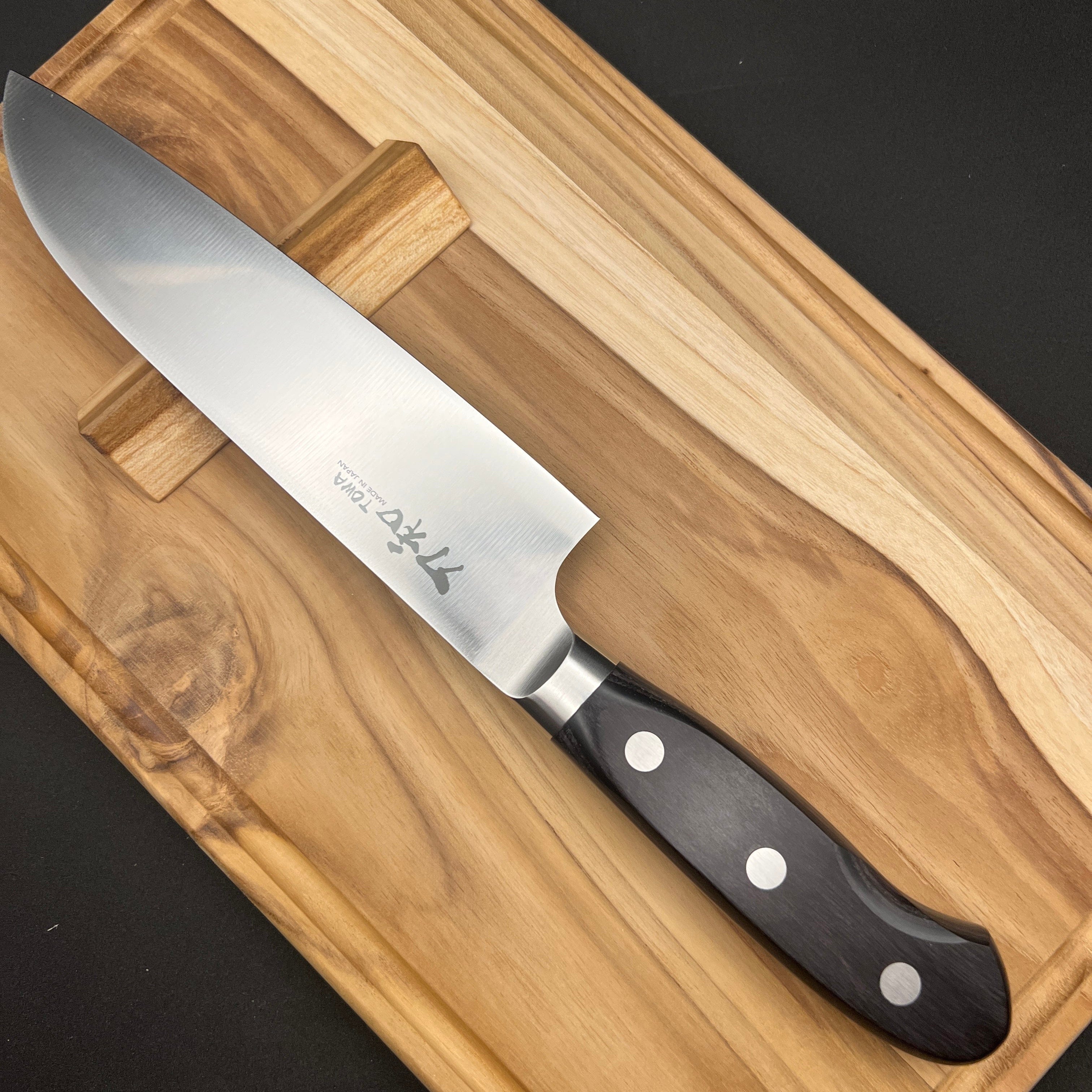
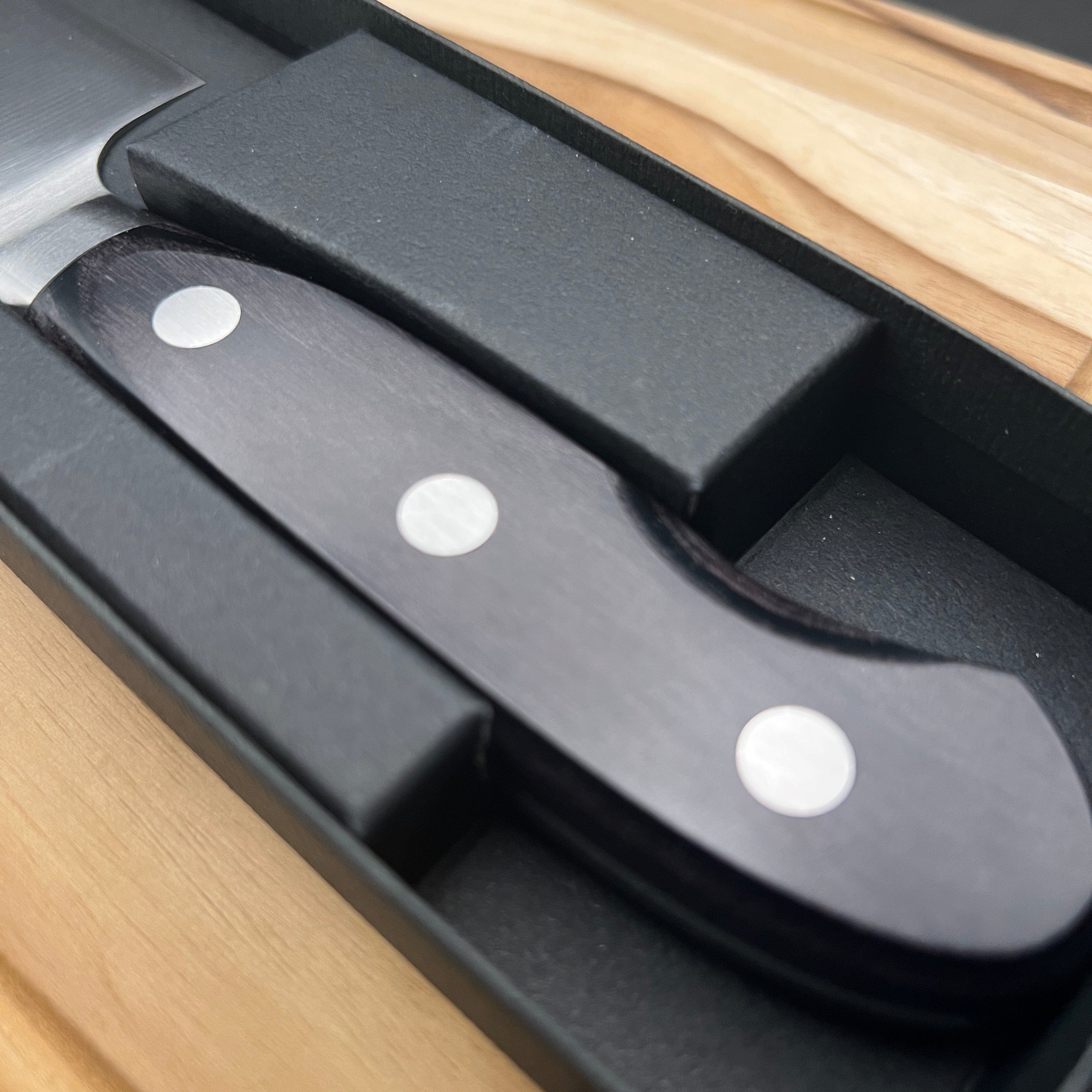
Share: